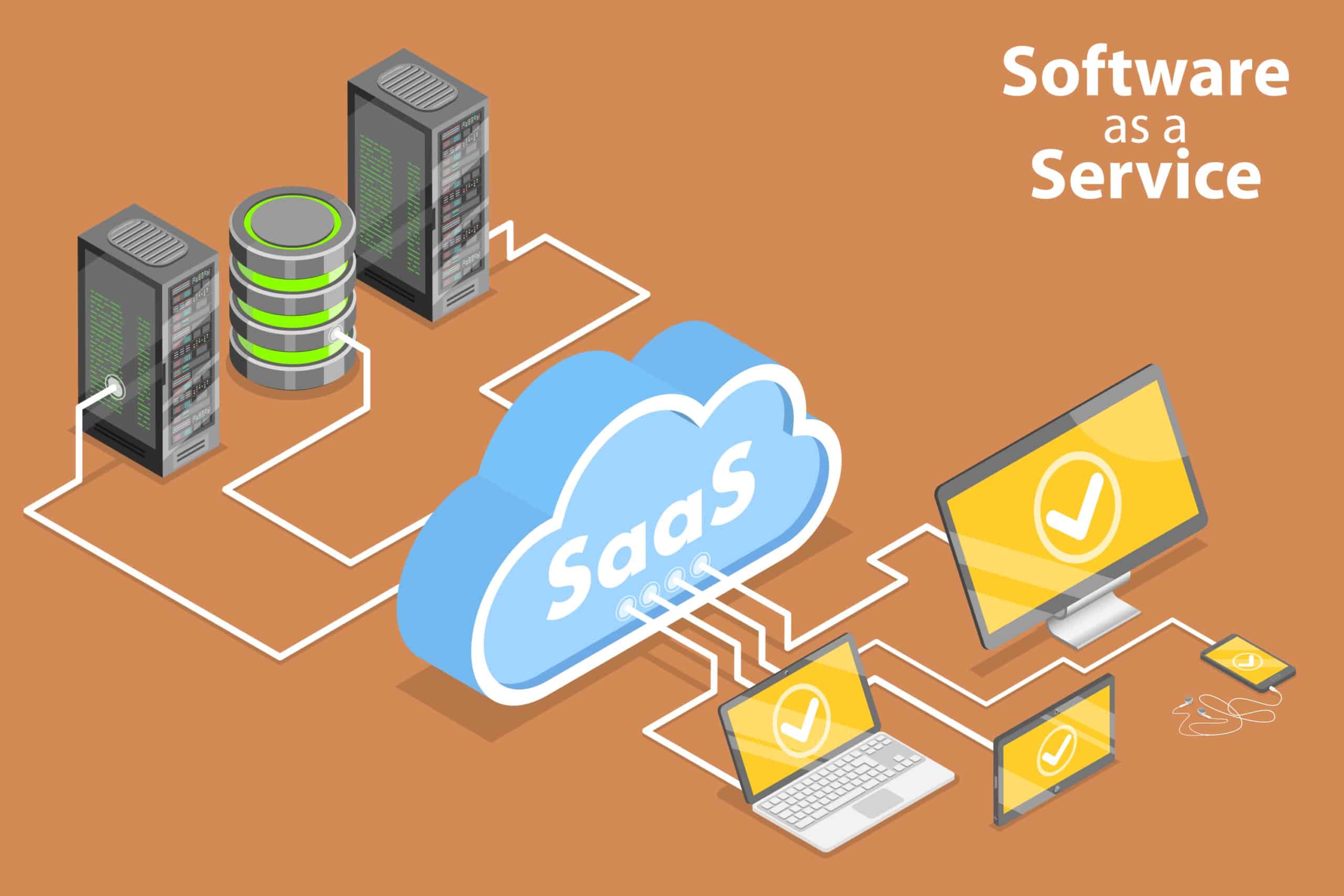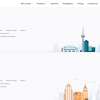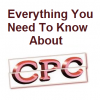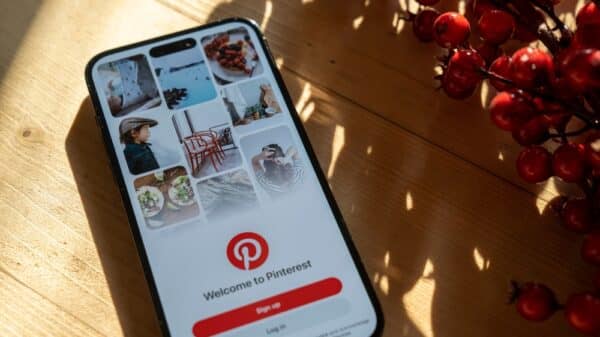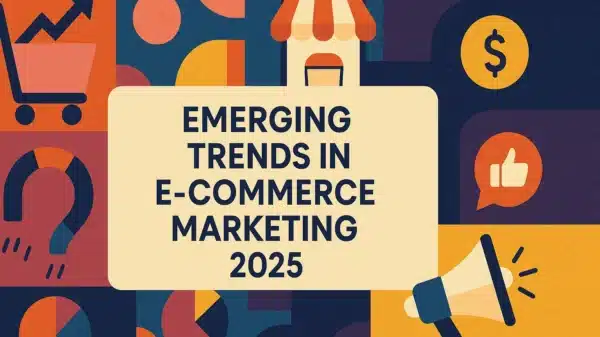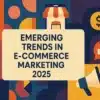Creating effective PPC campaigns for SaaS businesses presents unique challenges, even for experienced marketers.
One of the key hurdles is the long sales cycle, which is longer compared to many other industries, making it difficult to track final conversions. Additionally, the specific nature of the SaaS niche requires that PPC campaigns align closely with the customer’s journey and product or pricing models. These are just a few of the complexities marketers must navigate.
At Aimers Agency, we specialize in working with SaaS and tech companies, particularly startups in their growth phase. Our PPC expertise allows us to help these businesses run paid search and paid social campaigns. We streamline the process, optimizing every step to drive maximum efficiency and, ultimately, greater profits.
When onboarding new clients and reviewing their ad accounts, we often identify the same mistakes repeatedly. In this article, I will outline these pitfalls and share practical tips to help you avoid them.
1. Overlooking Search Intent Segmentation
In our experience, many SaaS businesses fail to effectively segment campaigns by search intent, which can significantly hinder campaign performance. Some marketers combine branded, non-branded, and competitor search terms into a single campaign, which leads to a confusing mix of data. This makes it harder to get a clear view of how the campaign is performing.
It’s essential to separate branded, non-branded, and competitor keywords and search terms. Doing so lets you evaluate each targeting strategy more accurately. Setting specific targets like CPA (Cost Per Acquisition) or ROAS (Return on Ad Spend) for each segment is a smart approach that can yield better insights and boost campaign performance.
Action point: Separate your campaigns based on search intent.
2. Ignoring Regional Differences
Another common mistake in SaaS PPC campaigns is failing to segment by region according to potential value. Depending on your product and target audience, different regions may reveal distinct patterns: decision-makers might be located in certain areas, while technical users are concentrated elsewhere.
For example, you may find that decision-makers are predominantly in North America, while technical teams who actually use the product are situated in the APAC region. Additionally, regional differences can affect transaction value due to varying financial capacities and purchasing behaviors across locations.
We advise against mixing different geotargeting strategies within a single campaign, as this can complicate your ability to assess and manage campaign performance. Instead, focus on broader geographic regions like North America, Asia-Pacific, Europe, the Middle East, Africa (EMEA), and Latin America. Over time, as you gather more data, it may make sense to create separate campaigns for specific regions based on your strategic goals.
Action point: Segment your campaigns by region and analyze regional performance separately.
Regional Insights: Our Experience
Based on our collected data, we’ve observed some general regional trends that could be useful. For our clients, the US tends to generate the highest conversion rates, making it the most valuable region overall. The EMEA region – particularly countries like France, Spain, the UK, and Germany – also shows strong conversion rates, often with lower CPA, offering cost-effective opportunities for conversions.
3. Underestimating the Value of Brand Awareness
For SaaS businesses, the primary goal is typically to generate deals. However, due to the lengthy sales cycle – which can stretch from several weeks to even a year – tracking the customer journey from initial awareness to a final sale can be challenging. As a result, many businesses focus on leads further down the funnel, where tracking is easier.
However, it’s important not to neglect the top of the funnel (TOFU). Boosting product awareness and brand recognition is crucial for SaaS companies. Utilizing tools like Google Ads Demand Generation or Video Ads can help facilitate conversions and enhance product interest.
By targeting all stages of the funnel – from awareness to consideration to decision – you build a stronger foundation for long-term success. Here’s the TOFU – MOFU – BOFU approach to PPC that we use at Aimers:
To see this strategy in action, check out the case study of Orion Labs working with Aimers. We implemented a multi-stage PPC campaign for this client, with advanced conversion tracking for enterprise leads through their CRM system (HubSpot and Salesforce).
Action point: Don’t skip the TOFU stage in your PPC campaigns.
4. Using Uniform Landing Pages
A major missed opportunity in PPC campaigns for SaaS is using the same landing page across different campaigns. Tailoring your landing pages to specific audience segments is crucial for improving engagement and conversion rates.
For example, users who are already familiar with your brand should be directed to a page with a clear offer or call to action, especially for branded searches or remarketing. For users searching for competitor products, providing comparison pages or testimonials is an effective strategy to highlight your product’s advantages. On the other hand, low-intent searches should lead to informative content like blog posts.
For colder audiences with longer decision-making cycles, offering lead magnets such as guides, whitepapers, or case studies is a good way to collect contact information and nurture these leads over time. Creating custom landing pages for high-value audience segments can also boost your chances of engagement.
Action point: Customize landing pages according to the intent of your audience.
5. Failing to Use a CRM System to Track Qualified Leads
Many SaaS PPC campaigns focus solely on tracking final conversions, but this overlooks the qualification of leads throughout the sales cycle. While “Get a demo” forms may be seen as key conversion points, the real challenge lies in understanding how qualified leads move through the sales cycle.
Integrating third-party CRM systems like HubSpot or Salesforce with your advertising accounts allows you to track lead qualification and optimize your PPC strategy accordingly. By assessing the effectiveness of each campaign in driving quality traffic, you can continuously refine your efforts.
For example, HubSpot enables the creation of lifecycle stage ad conversion events using Google’s Enhanced Conversion for Leads. This allows you to track qualified leads at various stages, such as MQL (Marketing Qualified Lead), SQL (Sales Qualified Lead), Opportunity, or Customer.
Action point: Track qualified leads along with final conversions.
If You Can’t Afford a CRM System Yet
If you don’t have access to a third-party CRM for lead tracking, you can manually filter out low-quality or spam leads. In Google Ads, you can use offline conversion imports via Google Click ID (GCLID), and delete the unqualified leads after re-qualification.
Steps include:
- Create a conversion via import from CRMs, files, or other data sources.
- Set up enhanced conversions for leads.
- Enable your site to transfer GCLID.
- Import the data into the conversion.
Note: Make sure to pass the GCLID to your lead management system on every lead submission form page.
6. Tracking Only Final Conversions
To optimize PPC campaign performance, it’s essential to track not only the final conversions but also all significant events leading up to the sale. For example, if a user signs up for a free version of a service, the ultimate goal is to convert them into a paying subscriber. Therefore, it’s important to monitor the entire journey, from “Free Sign Up” to “First Product Connection,” “First Step for Subscription,” and finally, “Subscription Completed.”
By analyzing data across these stages, you can identify potential barriers in the user experience that prevent conversions. This comprehensive approach will allow you to make data-driven adjustments that improve conversion rates.
Action point: Track and analyze every stage of the conversion flow.
Conclusion
Navigating the complexities of SaaS PPC campaigns may not be straightforward, but understanding and addressing these common pitfalls will put you on the path to success. By incorporating the actionable insights outlined here, you can create a more effective PPC strategy that drives higher conversions and maximizes your advertising ROI.

